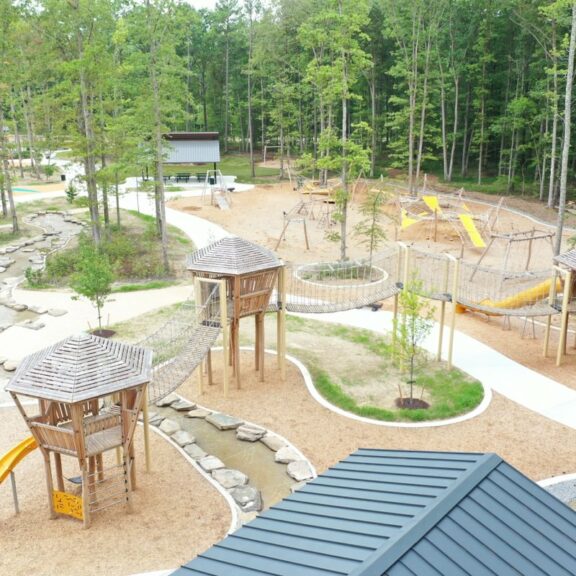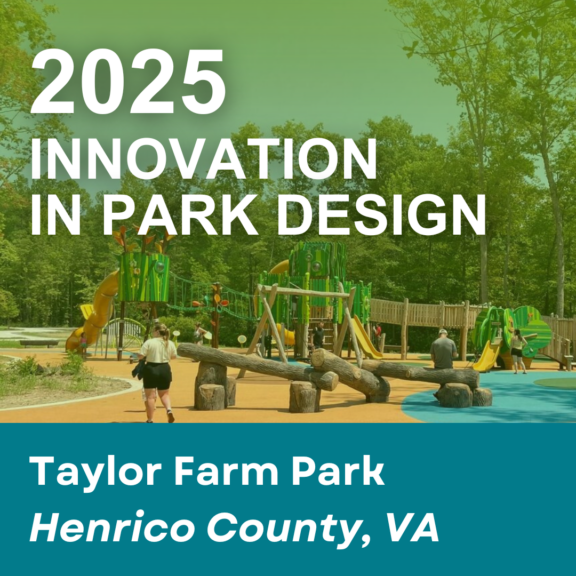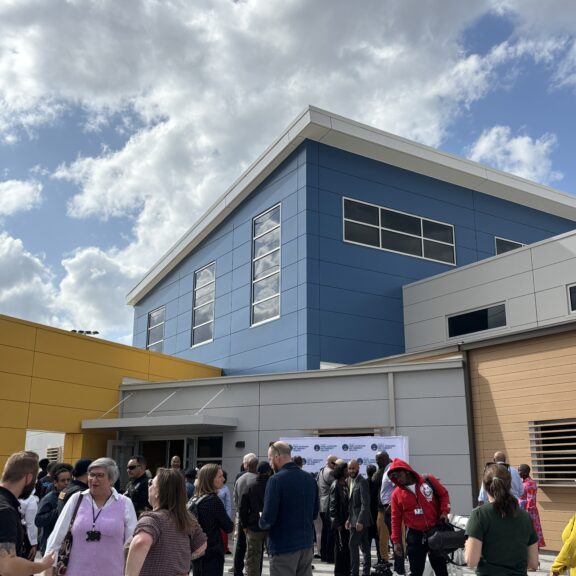Dix Park is one of Raleigh’s most significant public spaces, covering 308 acres of rolling meadows, mature tree canopy, and historic architecture with sweeping views of the downtown skyline. The land also carries a layered history. It once served as Native American hunting grounds, later became the site of the Spring Hill Plantation, and eventually housed North Carolina’s first psychiatric hospital for more than a century. Guided by a master plan adopted in 2019 and shaped by feedback from more than 65,000 community members, the park’s transformation focuses on connection, preservation, and creating spaces that welcome everyone.
Timmons Group is proud to support the City of Raleigh and the Dix Park Conservancy in turning that vision into reality. As a subconsultant on several early-phase projects, our team has helped prepare key areas of the site for long-term public use by improving accessibility, protecting historic trees, and supporting thoughtful site transitions.

Caleb Robinson, a certified arborist and project manager with Timmons Group’s Raleigh Landscape Architecture team, brings nearly two decades of experience working on parks and green spaces across North Carolina. As a graduate of NC State, located just down the street from Dix Park, Caleb has a long-standing connection to the area and a deep understanding of the region’s landscape. His background in municipal park maintenance, planting design, and environmental planning makes him a natural fit for projects that require both technical precision and ecological sensitivity. “This is not your typical site,” he said. “It’s a special place with a long history, and the way we approach design has to reflect that.”
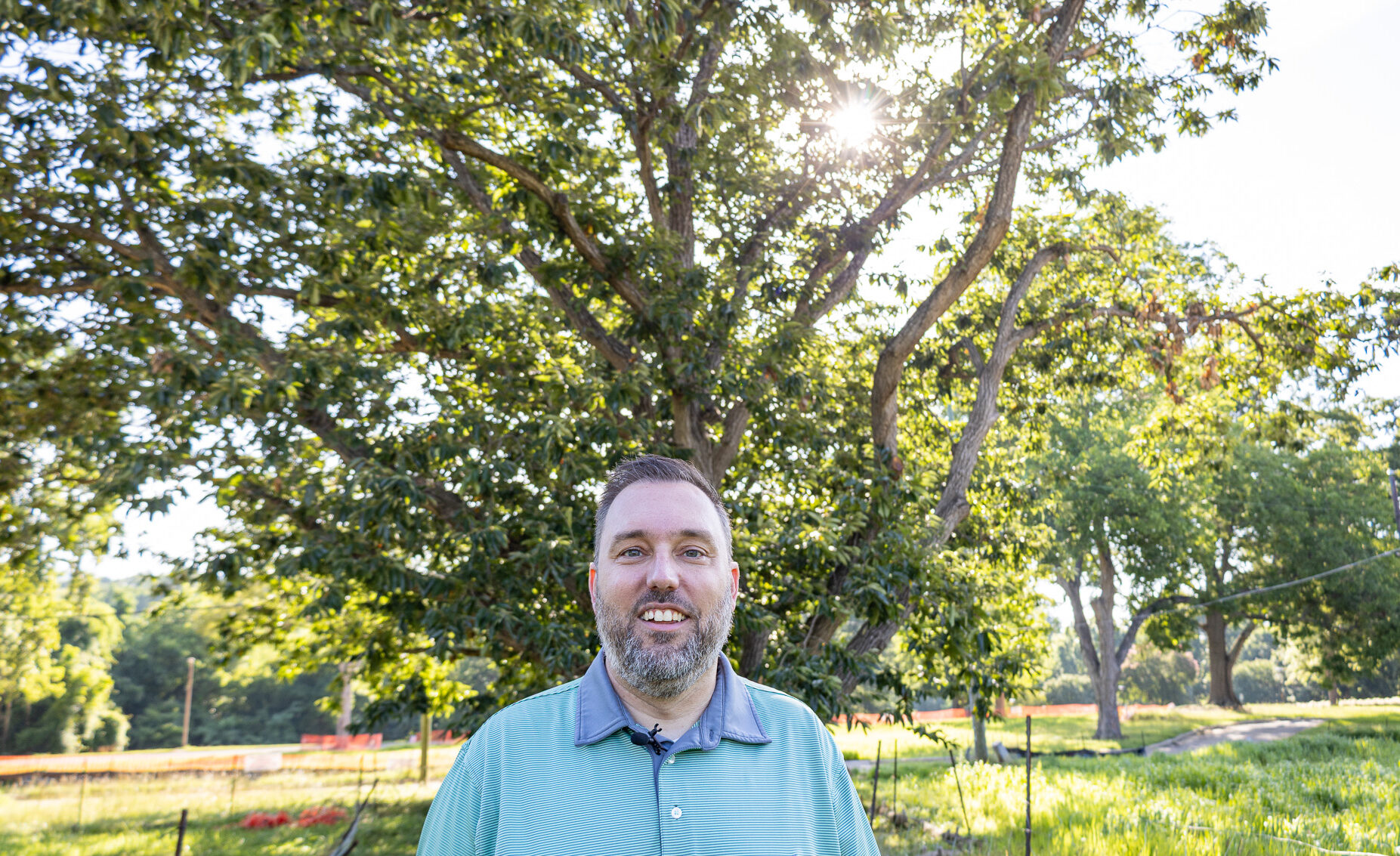
Creating inclusive access served as a foundation for early planning and design efforts. Timmons Group participated in a public summit to introduce our team’s role in the project, hear directly from residents, and gather critical context about existing conditions. This feedback helped shape the technical approach and informed the priorities of the design team.
“The City’s vision for Dix Park, guided by extensive community feedback, prioritizes connection, preservation, and creating welcoming spaces for everyone,” said Eric Regensburger, a Senior Planner for Dix Park. “My work with Timmons, including the vital ADA improvement project and the careful adaptive reuse and demolition of existing buildings in the park, ensures that every step forward honors the site’s rich history and implements the broader Dix Park Master Plan. It’s a collaborative effort, and I’m proud to be part of the team that leads in shaping one of Raleigh’s most significant public spaces.”
The Timmons Group team provided landscape architecture, civil engineering, and surveying services for a range of ADA-focused improvements, which included accessible parking and crosswalks at Gipson Play Plaza, sidewalk replacements along Umstead Drive, several pathway enhancements, and feasibility planning for a future fitness loop trail to further strengthen sitewide connectivity. Together, these upgrades represent a long-term commitment to access, safety, and mobility for all park users.
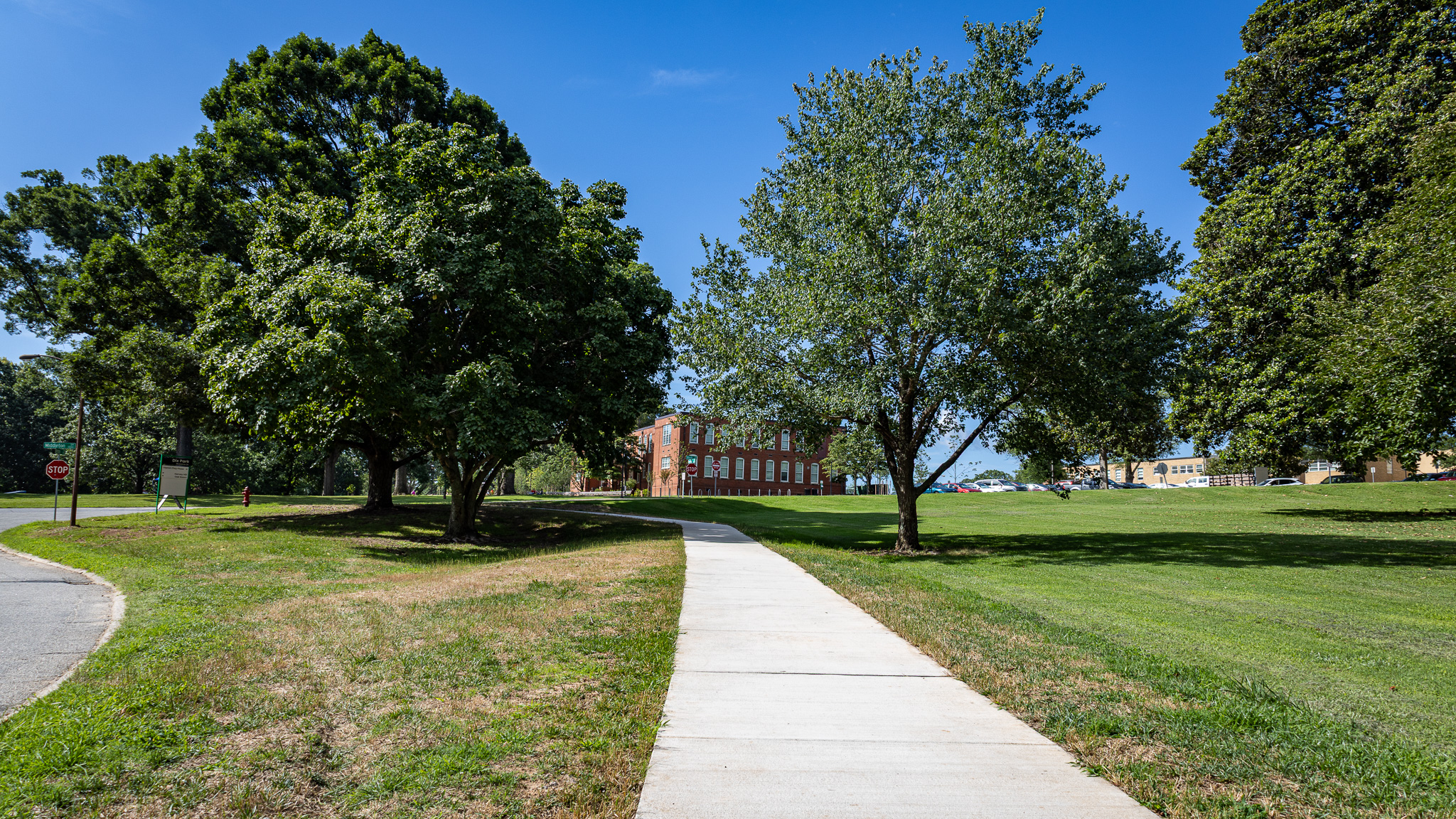
Preserving the site’s mature tree canopy remained a top priority throughout early site work. Timmons Group collaborated closely with Raleigh’s Urban Forestry Division and project partners to assess high-value trees and implement tailored protection strategies before any existing infrastructure was removed. In some cases, crews adjusted their methods to minimize root disturbance by using hand tools or modifying equipment staging—small decisions that had a big impact on the long-term health of the landscape.
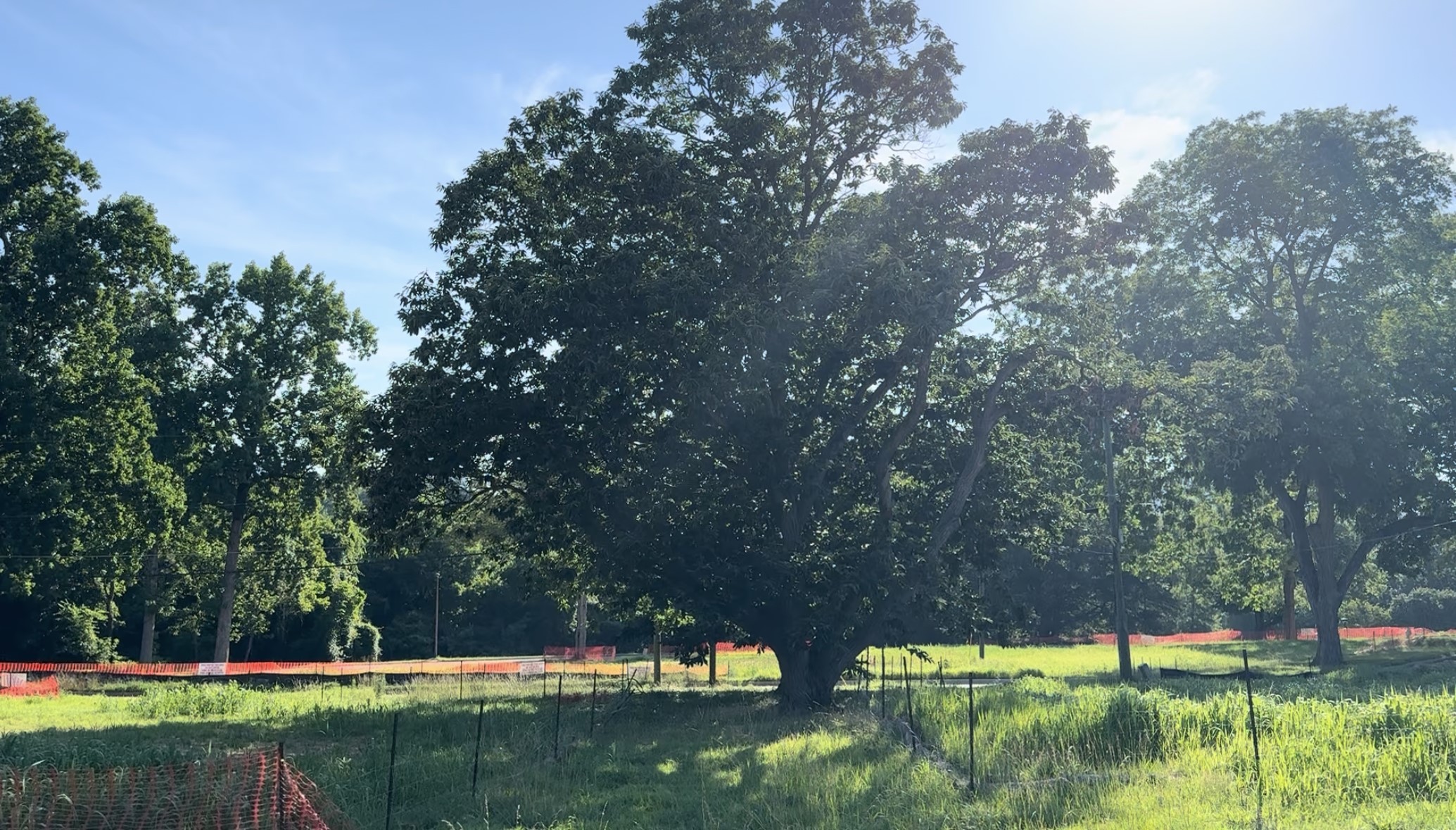
One particularly notable preservation effort took place near two mature chestnut trees—an uncommon sight given the decline of Chestnut trees over the past century. With early input from Caleb and close coordination with City staff, the team successfully protected both trees through a combination of structural pruning, protective fencing, and adjusted limits of disturbance. “We even had one tree we originally thought we’d lose,” Caleb explained. “But once we got into the field, we realized we could shift the protection limits and save it. It’s not just about what’s on paper. You have to stay adaptable if you want to do the right thing.”
Building on those preservation strategies, the team also coordinated regrading, erosion control, and planting efforts across key areas of the site. In collaboration with the North Carolina Department of Environmental Quality (NCDEQ), our team helped replace existing turf with native wildflowers and prairie grasses to support ecological goals while also meeting erosion control requirements.
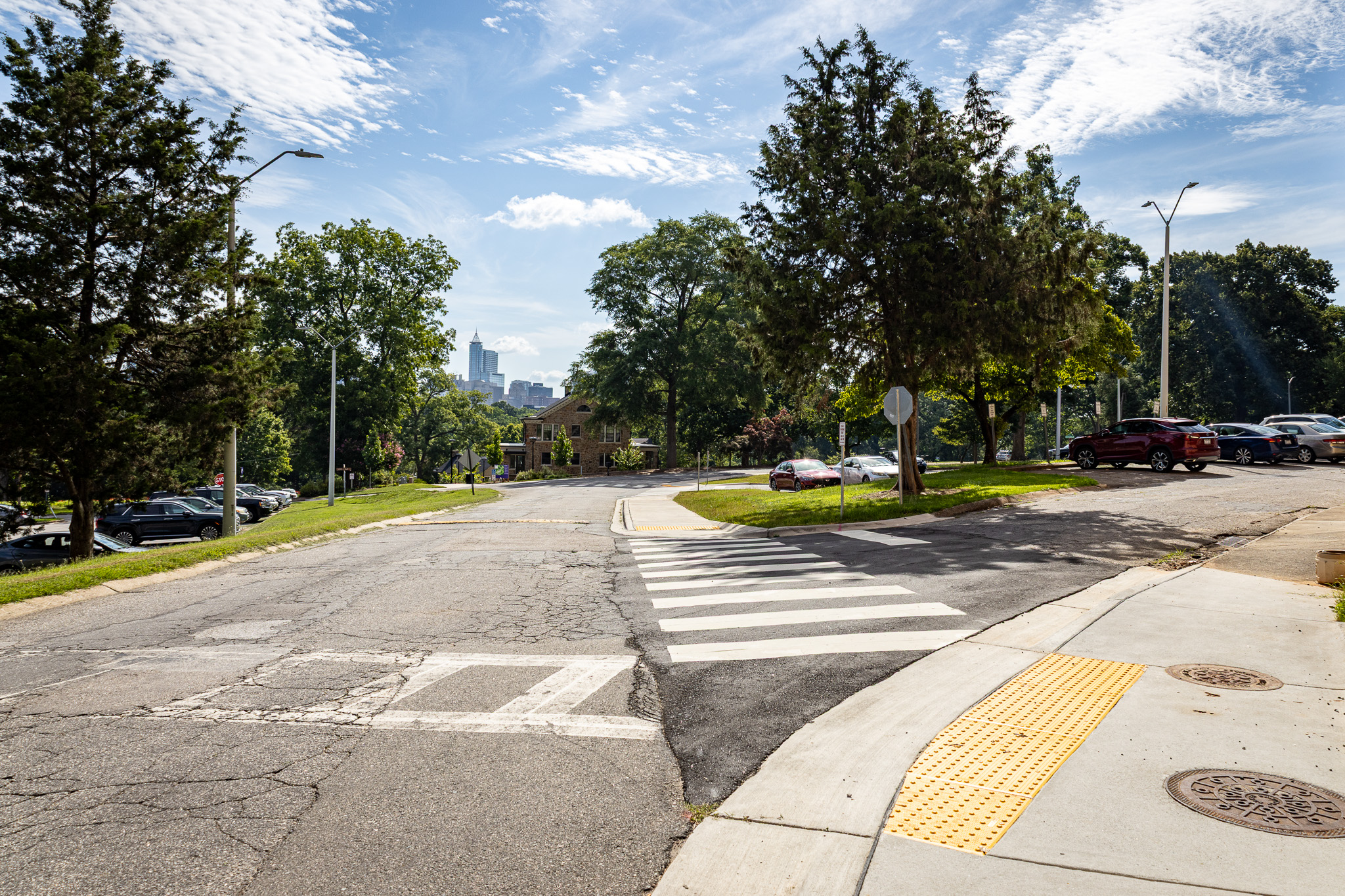
“When I was a student at NC State, and I used to walk and bike through this site, exploring the greenways and green spaces throughout the City,” Caleb said. “I don’t think I could have imagined what was possible on this campus. Everyone on our project team is having fun, and everyone loves what they’re doing. It’s just exciting to be part of such a collaborative effort.”
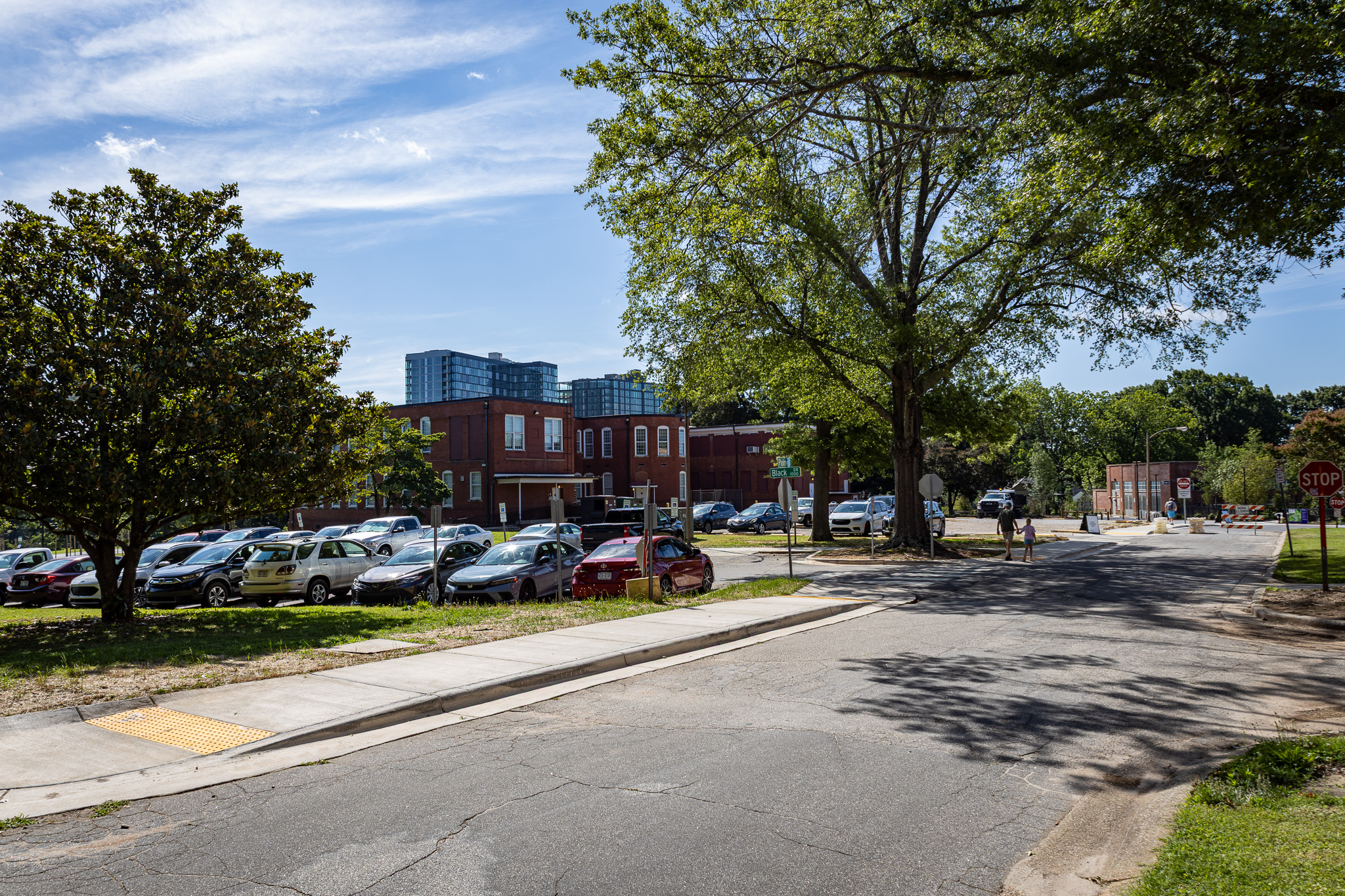
With future phases already underway, the team continues to support the implementation of the Dix Park Master Plan through practical, responsive design in partnership with trusted collaborators like Osterlund Architects and Sigma. Together, we’re helping ensure that every step forward honors the site’s history, character, and long-term potential as a beloved public space.
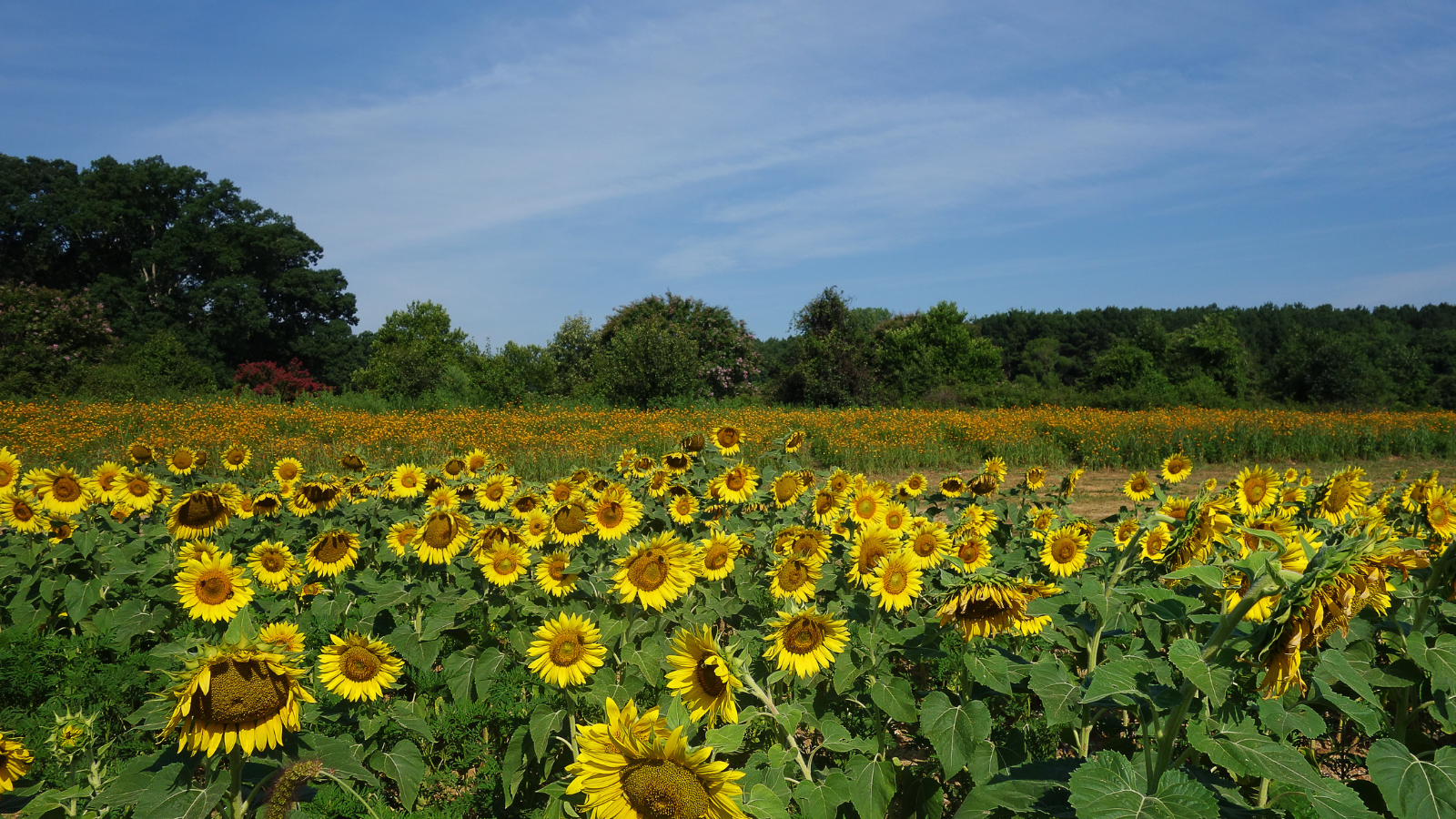
To learn more about how Timmons Group is helping reshape Dix Park, visit the project page.


